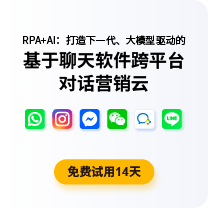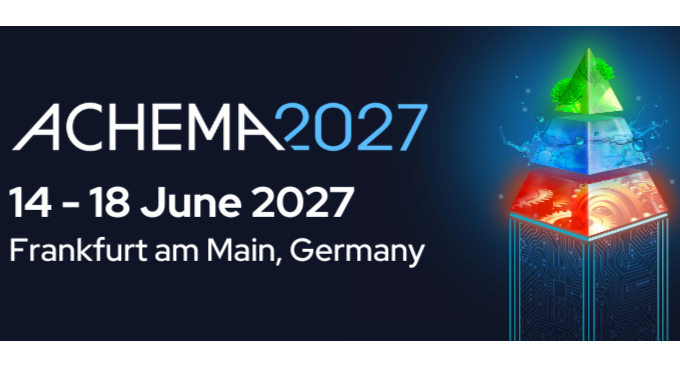China Energy Storage Network: On July 8, local time, Envision Power's battery super factory in Navalmoral de la Mata, Spain, officially started construction. The factory will develop and manufacture the latest generation of lithium iron phosphate (LFP) battery products and is expected to be put into production in 2026.
This is about to become Europe's first lithium iron phosphate battery super factory, and it is also the latest proof of the rise of lithium iron phosphate batteries in Europe. Faced with the strong demand for lithium iron phosphate power and energy storage batteries from terminal car companies and energy storage power stations, the European battery industry will usher in major changes.
European local battery companies are also leaning towards lithium iron phosphate. A month ago, ACC Battery, a joint venture between Mercedes and Stellantis, said that the current slowdown in European electric vehicle sales has suspended its battery factory projects in Germany and Italy, and is considering switching from ternary lithium (NCM) battery technology to lithium iron phosphate battery technology. French battery startup Verkor also revealed that it would consider switching to a lower-priced lithium iron phosphate battery solution.
In the field of lithium batteries, the technologies of ternary lithium and lithium iron phosphate have been fighting each other for more than ten years. For a long time, ternary lithium technology has been the mainstream of the battery industry relying on higher energy density. In recent years, under the leadership of Chinese companies, the advantages of lithium iron phosphate batteries such as economy, high safety and long cycle have become increasingly obvious, showing a strong counterattack momentum.
Ternary lithium technology has always been the mainstream in Europe. According to the observation of Energy magazine, ACC's switch to lithium iron phosphate technology is not an isolated case. Under the influence of multiple factors, the LFP technology direction is quietly emerging in Europe.
Why are cracks appearing in the traditional market of ternary lithium in Europe? For battery companies that have already dominated the field of lithium iron phosphate and are actively deploying the European market, what opportunities and challenges does this mean?
The rise of LFP
In 2009, the introduction of policies such as "Ten Cities and Thousand Vehicles" officially allowed the domestic new energy vehicle industry to enter a period of rapid development. At that time, the national subsidy policy used the energy density of power batteries as the main reference standard. Due to technical reasons, most lithium iron phosphate batteries could not meet the subsidy standards. Ternary lithium batteries can reach 120Wh/kg and can get 1.1 times the subsidy.
Therefore, ternary lithium technology quickly became the mainstream of the market. At its peak, ternary batteries accounted for more than 80% of the Chinese power battery market, while lithium iron phosphate batteries had a market share as low as 12.8%. CATL also surpassed BYD with ternary batteries and became the world's power battery overlord.
Not only in China, ternary lithium also crushes lithium iron phosphate in the international market. Power battery giants such as South Korea's SK and LG all use ternary lithium as their main technical route and are closely following the leader CATL.
However, with the improvement of battery chemical materials and packaging technology, and the advent of the CTP 1.0 and 2.0 eras, the energy density of batteries has been rapidly improved. Starting from 2020, with the advent of blade batteries, lithium iron phosphate batteries have begun to rise again.
CATL has launched the Shenxing Battery PLUS (lithium iron phosphate), with a system energy density of 205Wh/kg, a vehicle range of more than 1,000km, and support for 4C supercharging; BYD's second-generation blade battery is also about to be released, with an energy density of 190Wh/kg.
While the energy density of lithium iron phosphate is rising, the prices of nickel and cobalt, which are important in ternary lithium technology, have been high, which has also had a huge impact on the market. As of June 25 this year, the average price of lithium iron phosphate for automobiles in the domestic battery market was 380 yuan/kwh, and the average price of high nickel for automobiles was 550 yuan/kwh. Reflected in the terminal car price, the price difference between the two can reach nearly 30,000 yuan at the same load capacity. The cost compression of lithium iron phosphate is very critical at a time when price wars are intensifying.
Against this background, a series of car companies have turned to lithium iron phosphate. In 2021, Tesla announced that it would begin to widely adopt lithium iron phosphate technology batteries, especially the Shanghai factory that had just been put into production, all of which adopted lithium iron phosphate technology. Among American automakers, Ford, Rivian, Fisker, and GM have successively announced the adoption of lithium iron phosphate battery technology from 2021 to 2023.
The domestic market also began to "change dynasties" in 2021. In April of that year, BYD's full-range pure electric BYD blade battery came out, which opened the prelude to domestic automakers switching to lithium iron phosphate batteries. After July 2021, the installed capacity of lithium iron phosphate exceeded that of ternary lithium. In May 2024, the domestic market share of installed capacity of lithium iron phosphate batteries exceeded 70%, while the proportion of ternary batteries was reduced to less than 30%.

Since the beginning of this year, the lithium iron phosphate boom in Europe has begun to accelerate. In July, Renault officially issued an order for 39GWh of lithium iron phosphate batteries, which will be used in its 590,000 electric vehicles. Previously, many European automakers including Stellantis, GM, Hyundai, and Volkswagen have indicated that they will introduce lithium iron phosphate batteries. At the same time, the growth of large-scale storage capacity in Europe has accelerated. Driven by this, the above-mentioned European local battery projects such as ACC and Verkor are planning to switch to lithium iron phosphate batteries.
Market potential
As one of the most important automobile and energy storage markets in the world, Europe is firmly promoting electrification and energy transformation. The demand for dynamic storage batteries is huge and increasingly urgent. Coupled with the rising demand for lithium iron phosphate batteries, the competitive landscape of the European battery industry may be reshaped.
In the field of new energy vehicles, the industry predicts that by 2030, the sales of new energy vehicles in Europe will reach 9.5 million, and the penetration rate of electric vehicles will reach 60%.
In fact, the field of power batteries is only part of the beginning of lithium iron phosphate technology. In the hot energy storage market, lithium iron phosphate has a broader market potential.
According to market research company SNE Research, last year, global shipments of lithium-ion batteries (LiB) for energy storage systems (ESS) increased by 53% year-on-year to 185 GWh. Among them, the growth of Chinese lithium iron phosphate (LFP) battery companies was particularly significant, ranking in the top five in both shipments and market share, with a combined market share of 78%.
South Korean companies Samsung SDI and LG Energy Solution ranked sixth and seventh, but Samsung SDI's growth rate was 0%, while LG Energy Solution's shipments fell by 11%, and the market share of the two companies also fell from 14% to 9%.
Like in the field of power batteries, ternary lithium and lithium iron phosphate technologies have always been in direct competition in the energy storage market. Unlike the power battery market, the competition in the energy storage market is mainly about safety and cost.
On the afternoon of May 15th, local time, the 250MW Gateway Energy Storage Station in California, the world's largest lithium-ion energy storage station, was found on fire. After the fire was extinguished, it reignited several times and lasted for six days.
The US energy storage station that caught fire this time was operated by LS Power, integrated by Japan's NEC ES system, and provided by South Korea's LG Chem with ternary lithium batteries. Tian Qingjun, senior vice president of Envision Group and president of Envision Energy Storage, pointed out that the project was connected to the grid in 2020, when the technology was relatively backward, and ternary lithium batteries were more prone to thermal runaway, and the temperature application range was much different from that of lithium iron phosphate.
The biggest fire risk of lithium batteries is thermal runaway, that is, the overheating, fire, and explosion caused by the battery's exothermic chain reaction causing a sharp change in the battery's self-temperature rise rate. The temperature of thermal runaway of ternary lithium batteries is generally between 120-140℃, and the temperature of thermal runaway of lithium iron phosphate is between 250-300℃. Moreover, after the ternary lithium battery goes into thermal runaway, it will produce a large amount of flammable gases such as hydrogen and oxygen, which will burn violently. After the lithium iron phosphate battery goes into thermal runaway, it will not produce oxygen, so it can be isolated from the air to prevent the thermal runaway from spreading.

The booming European energy storage market will also drive the growth of demand for lithium iron phosphate batteries. In 2024, the European large storage market will continue to heat up and will become a new increment to the household storage market, supporting the continued growth of European energy storage installed capacity.
Since the energy crisis in 2021, the European energy storage market has developed rapidly. According to the Ember report, the proportion of renewable electricity in the EU will reach 44% in 2023. Wind and solar energy are the main driving forces for the substantial growth of renewable electricity in the EU. Last year, wind and solar power generation increased by 90TWh, accounting for about 27% of total power generation, and installed capacity increased by 73GW.
As the proportion of wind and solar power generation with fluctuations increases, the power system needs more flexible balancing resources. Without considering carbon peak and carbon neutrality, this role can be completed by coal-fired and natural gas power generation. However, if the power system is to be completely decarbonized, a larger proportion of energy storage must be used to complete this task.
When energy storage appears in every corner of social life, safety issues will definitely become a key factor. The opportunities for lithium iron phosphate in Europe also rely largely on this.
According to industry estimates, by 2030, Europe will need to deploy about 200 GW of energy storage, and by 2050, it will need to deploy 600 GW of energy storage. As the energy storage system continues to increase in volume, the application demand for LFP batteries will also grow.
Blue Ocean Game
Under the LFP tide, who can eat the cake of the European market? The answer is battery companies with LFP battery technology and European localized production capacity.
Data from the Power Battery Application Branch predicts that by 2030, the sales of electric vehicles in the European market will exceed 14 million, the demand for power battery production capacity will exceed 950GWh, and the demand for energy storage batteries will be 187GWh. There is a huge capacity gap between this and the weak local battery production capacity.
It is not easy for European car companies and energy storage power stations to quickly use lithium iron phosphate batteries.

In April 2023, the first lithium iron phosphate battery factory in Europe was put into operation. The factory belongs to the Serbian battery company ElevenEs, which plans to produce 500 MWh of lithium iron phosphate batteries in 2024.
After the construction of the Envision Power Spain factory, which has just started, is completed in 2026, it will become the first lithium iron phosphate battery super factory in Europe and fill the production capacity gap in the European lithium iron phosphate market. The factory is Envision Power's third battery manufacturing base in Europe. Although the specific application scenarios of lithium iron phosphate products in the future have not been disclosed, considering its existing European car company customers, as well as Envision Energy, Fluence and other system integration customers who have already laid out the European market, it is very likely that the Envision Power Spain factory will create EV+BESS dual application scenario products in the future.

In November 2023, CATL and Stellantis signed a strategic memorandum of understanding to jointly build a lithium iron phosphate factory in Europe. Ningde currently has two major battery factories planned in Germany and Hungary in Europe. Earlier this month, LG Energy Solution signed its first large order for lithium iron phosphate batteries, which will be produced at its factory in Poland.
The above project is almost the only lithium iron phosphate production capacity in Europe (including planned ones).
Considering that the lithium iron phosphate expansion plan of Korean companies can only start from 2026 at the earliest, and European local companies have almost overwhelmingly chosen ternary lithium technology. At present, it seems that there are not many choices for lithium iron phosphate battery suppliers for European car companies and energy storage. Only CATL and Envision Power have large-scale mass production capabilities.
The rapidly changing market structure has put higher demands on the production capacity of enterprises. Recently, according to Reuters, BMW canceled the battery contract worth more than 2 billion euros signed with Northvolt due to Northvolt's failure to fulfill the long-term supply agreement, and handed over the order to other Asian battery companies with battery bases in Europe.
Northvolt, the hope of all of Europe, is no exception. Non-European companies must speed up their capacity layout.

Although the electric vehicle and energy storage markets in Europe have great potential, there is not much window left for battery companies. The EU's "New Battery Law" has set relevant requirements for carbon emissions at various stages of the life cycle of exported batteries. The threshold for energy storage battery products to enter the EU market has been further raised, and it will promote the localization of energy storage battery production capacity.
Since entering the first year of energy storage in 2020 and the outbreak of the Chinese power battery market in 2021, the domestic lithium iron phosphate battery market has been a "red ocean" of fierce competition. In the face of the growing overseas market, whether battery companies have the ability to have a global layout, keen market insight, advanced production capacity scale, and top technological innovation are key factors in whether they can eat overseas cakes.
Combined with the LFP battery project built by Envision Power in Spain, Envision Power has the foundation of LFP and NCM diversified battery technology and the ability to replicate production capacity. Its domestic factories have already mass-produced square lithium iron phosphate batteries on a large scale and stably, and its product sales cover the domestic, British, American, Australian and other global markets.
Take energy storage batteries as an example. In 2023, Chinese companies began to comprehensively deploy 300Ah+ large cell technology, and by 2024, 300Ah+ large cells had become the mainstream of the industry. It is ahead of international peers in all aspects. As one of the earliest companies in the industry to launch and mass-produce 300Ah+ energy storage large cells, Envision Power leads the industry in terms of delivery volume and safety performance. Its 300Ah+ energy storage cells have been delivered on a large scale to overseas integrators such as Fluence and Powin.
Based on Envision Power energy storage cells, Envision Energy Storage, also a supplier of smart energy storage systems under Envision, provides smart energy storage solutions with high safety, high performance and low electricity cost around the world. It has currently participated in more than 200 projects around the world, has delivered more than 15GWh, and has more than 25GWh of orders in hand. It is in a leading position in the UK market, with more than 1.5GWh of new orders in 2023, and has delivered large energy storage projects such as Wormald Green, Wilton, and HawthornPit. The cumulative delivery volume in the UK market exceeds 1GWh.
In February 2024, Gaogong Industry Research Institute (GGII) divided the global competitiveness of lithium battery companies into tiers based on a unified evaluation index system and objective analysis, from multiple dimensions such as scale, overseas base capacity layout, overseas operation capabilities, major customer resources, industrial chain construction, and zero-carbon strategy.

Among all the battery companies, Envision Power has the earliest global layout and the most global bases. Its production capacity is distributed in 6 countries around the world, with a total of 13 bases. Its manufacturing centers in China, Japan, the United States, the United Kingdom, and France will also be put into production within the next two years.
Although the European lithium iron phosphate market has begun to recover, the "anxiety" between ternary lithium and lithium iron phosphate will continue. The two are not mutually exclusive. In the future, with technological innovation, the two will continue to compete with each other in different application scenarios.
In addition, new battery technology routes such as lithium iron manganese phosphate, solid-state batteries, lithium-rich manganese-based batteries, and sodium-ion batteries have also attracted the attention of many companies. I believe that with the continuous improvement of battery technology in the future, these new battery technology routes will soon be put into use. At that time, the new energy market may not be a matter of choosing between lithium iron phosphate batteries and ternary lithium batteries.
From photovoltaics to energy storage, and then to lithium iron phosphate batteries, Europe has always been the top priority of China's new energy overseas market. Considering the risk of drastic fluctuations in the global economic, financial and market environment, only companies with no shortcomings in overseas comprehensive capabilities can stand out in the blue ocean competition.
[Editor: Gao Qian]
 Pages you might like
Pages you might like
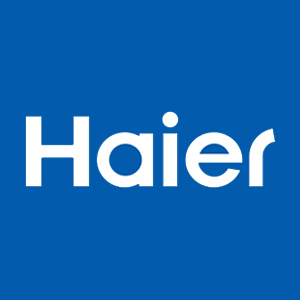

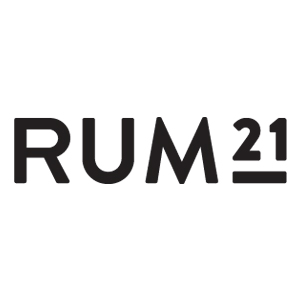

 Today's topic
Today's topic
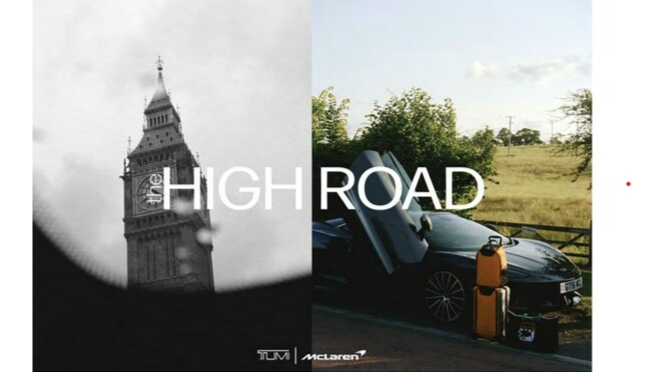
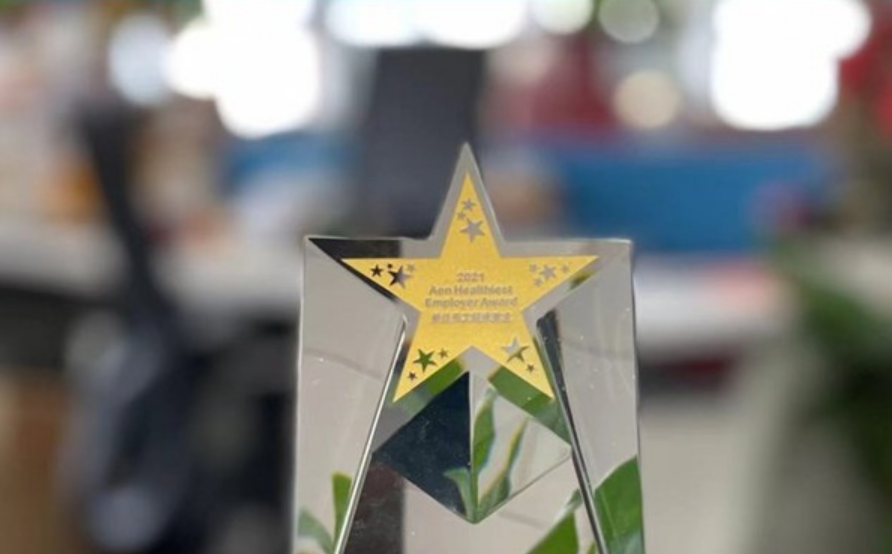

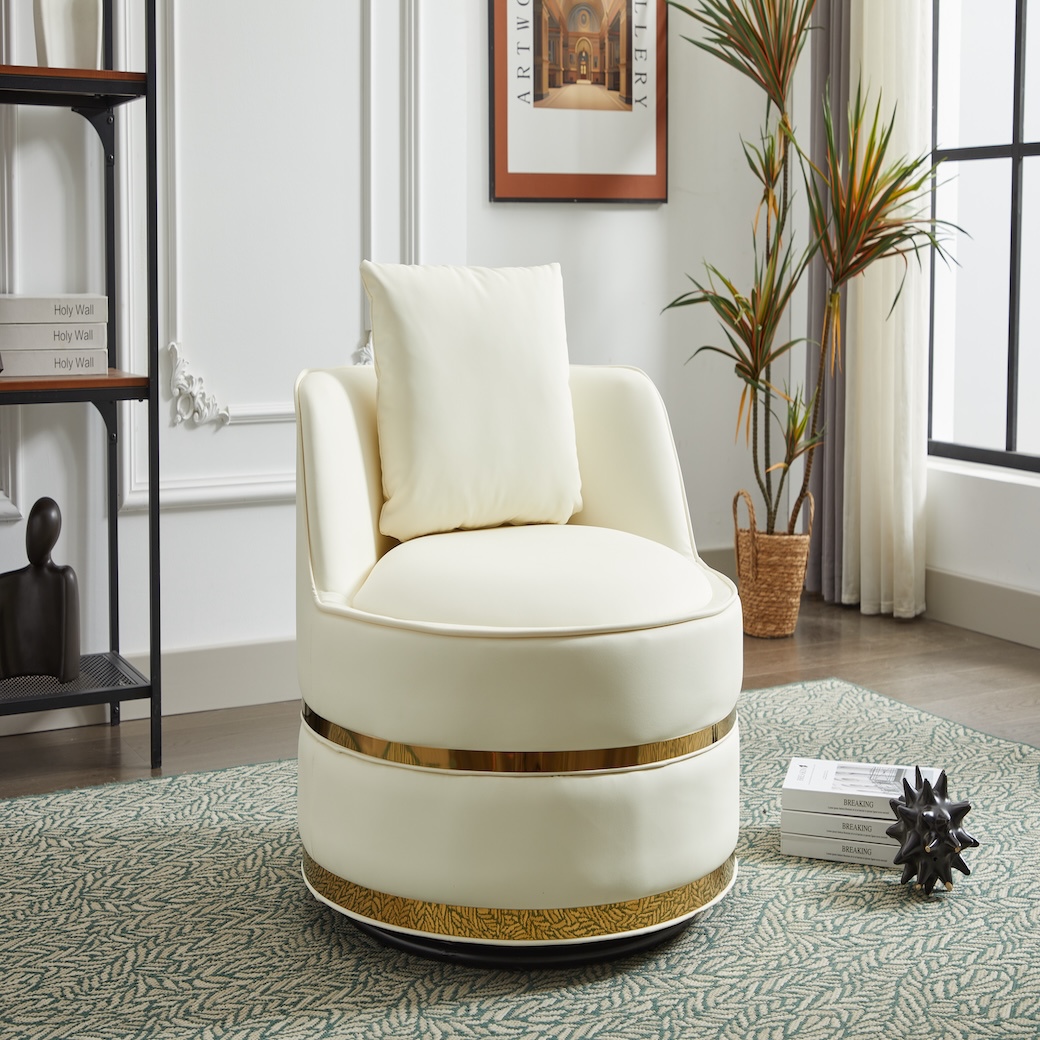
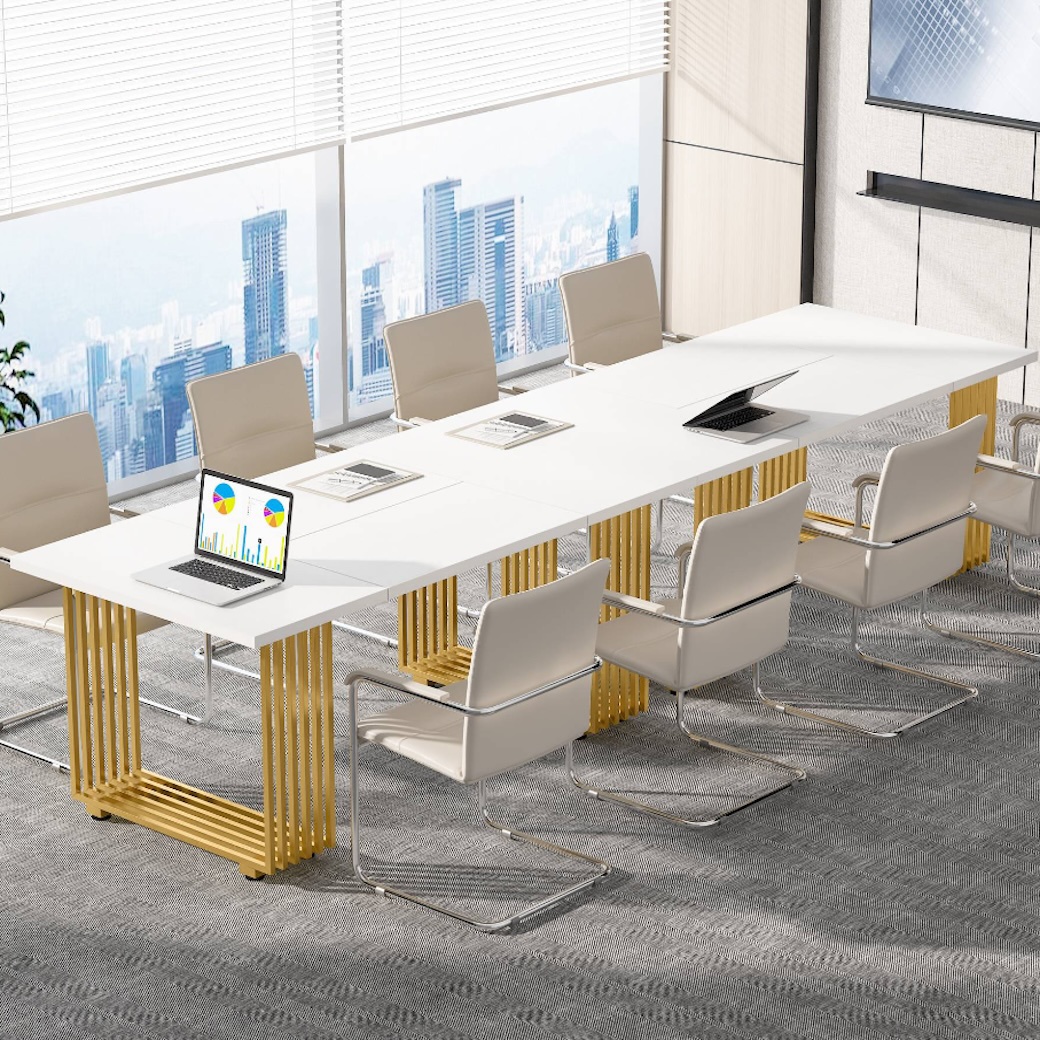
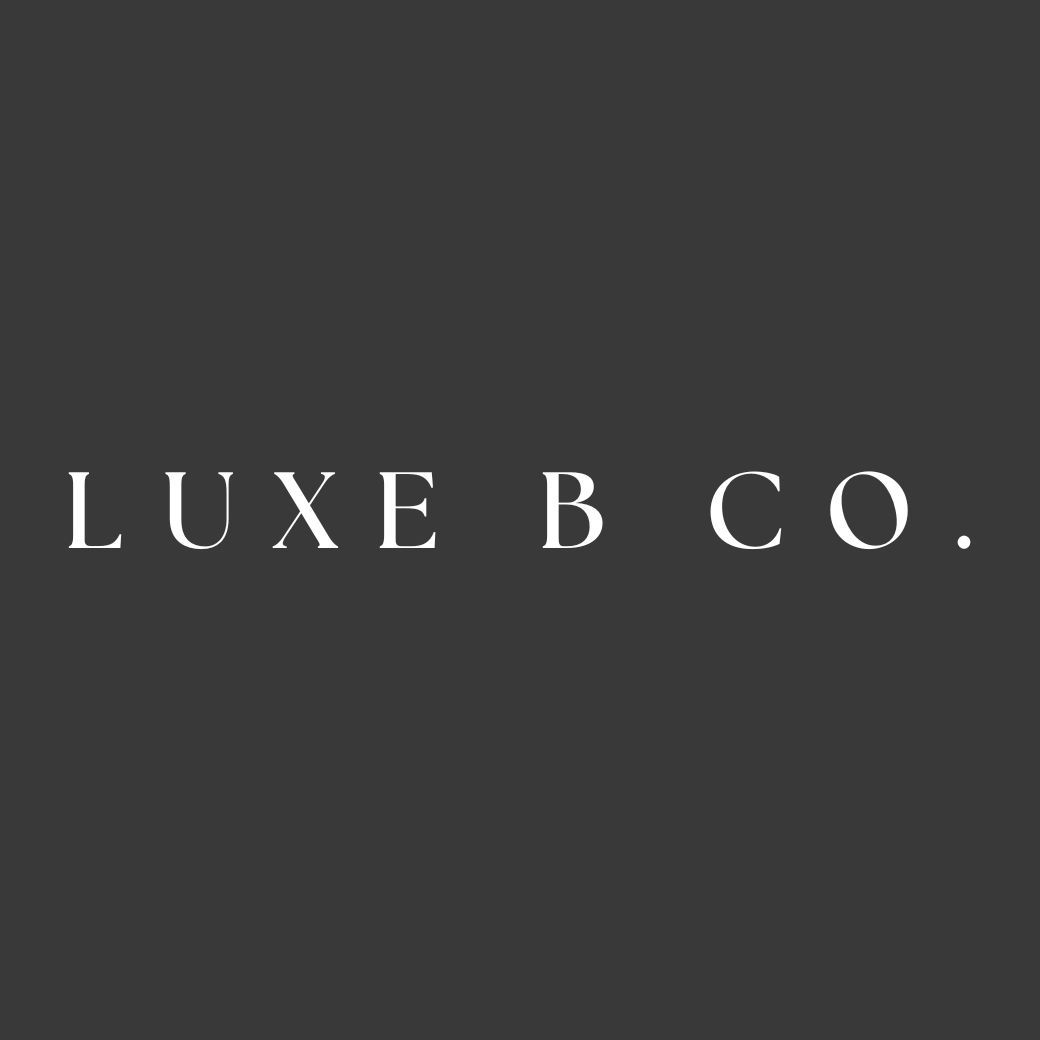
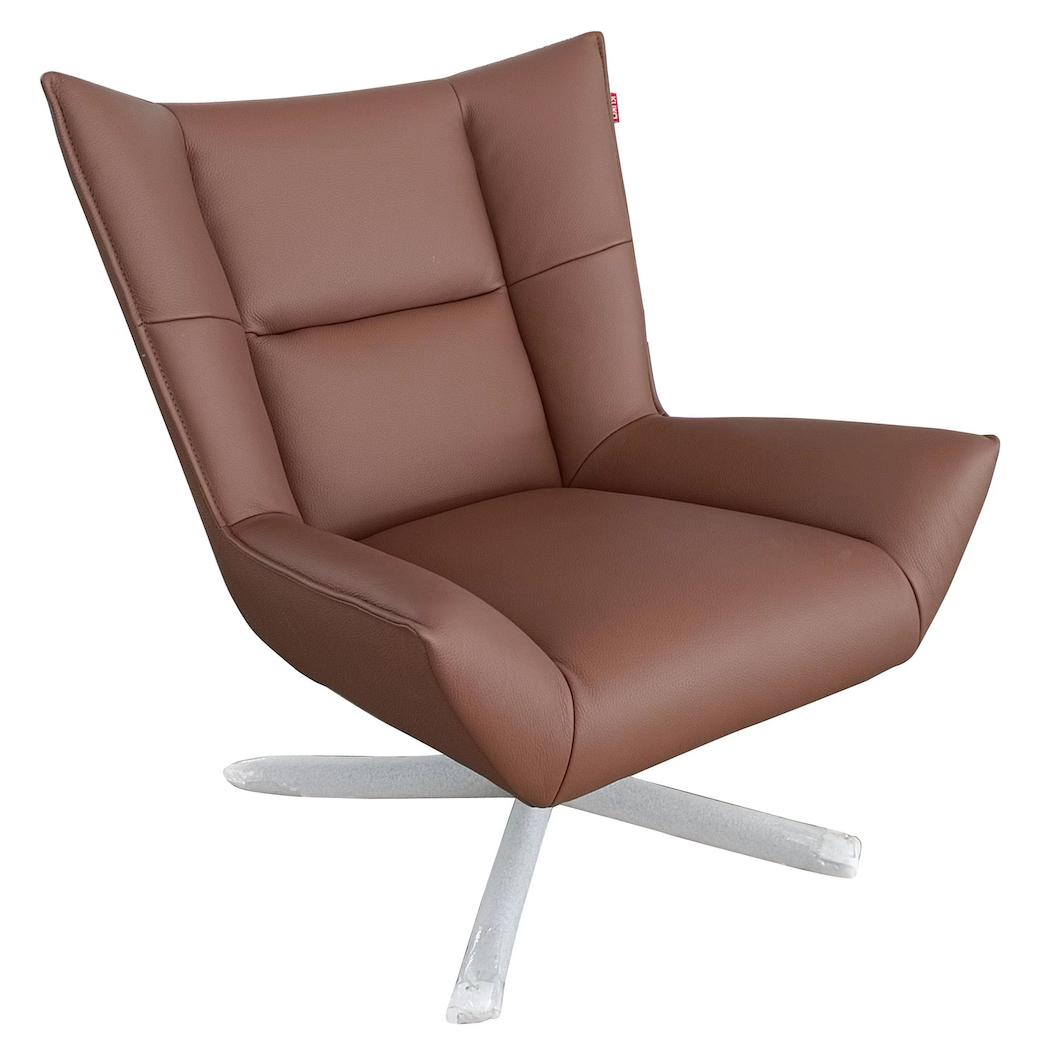
 Exhibitions you may be interested in
Exhibitions you may be interested in
 Latest information
Latest information
 Follow official account
Follow official account
 Online support
Online support
 鄂ICP备2022017323号
鄂ICP备2022017323号
 鄂公网安备 42018502006493
鄂公网安备 42018502006493
 Launch Exhibition
Launch Exhibition
 Release information
Release information


